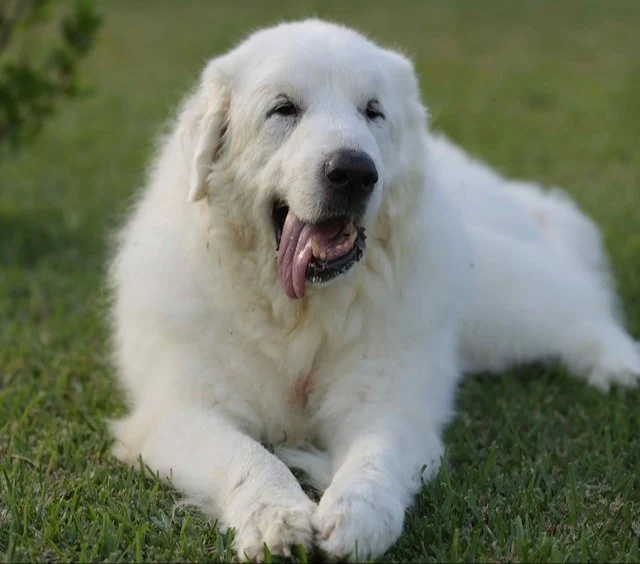Great Pyrenees, along with other large breeds in the Bernard family, have become increasingly popular due to their majestic size and luxurious double coat. However, maintaining this regal appearance requires a dedicated grooming routine. Without regular grooming, the Pyrenees' white coat can quickly lose its shine and become matted.
Finding the right tools for large breeds
Although it may seem like a challenge, finding the right grooming tools for large dogs is actually quite simple. Look for brushes designed for double coats, such as slicker brushes and undercoat rakes. These tools will help remove loose hair and prevent tangling.
For nail trimming, invest in a pair of ergonomic nail clippers designed specifically for large breeds. These are stronger and easier to use than standard nail clippers. Dental care is also important for large dogs, so choose a toothbrush and toothpaste that is formulated for dogs.
Gentle grooming techniques for your Gentle Giant
Here's a breakdown of the key grooming tasks for your Great Pyrenees:
Brushing
Bathing
Nail trimming
Dental care
Professional grooming
Consider occasional professional grooming, especially during heavy shedding periods, to ensure thorough de-shedding and coat maintenance.
Gentle reminders for grooming success
Make it a positive experience
Treat your dog with praise and affection throughout the grooming process.
Start young
Introduce your dog to grooming tools and techniques early to get him used to the routine.
Prioritise safety
Be gentle with your dog and avoid pulling on their coat. If they seem stressed or uncomfortable, take a break and come back later.
Read also: Save Big on Dog Grooming: DIY Hacks & Affordable Pro Services
Grooming your Great Pyrenees should be a positive and rewarding experience for both of you. With patience, the right tools and consistent care, you can keep your gentle giant looking and feeling his best.
Please note: The information about using DIY tools and unconventional methods of cleaning teeth is not recommended. They could injure your dog.

